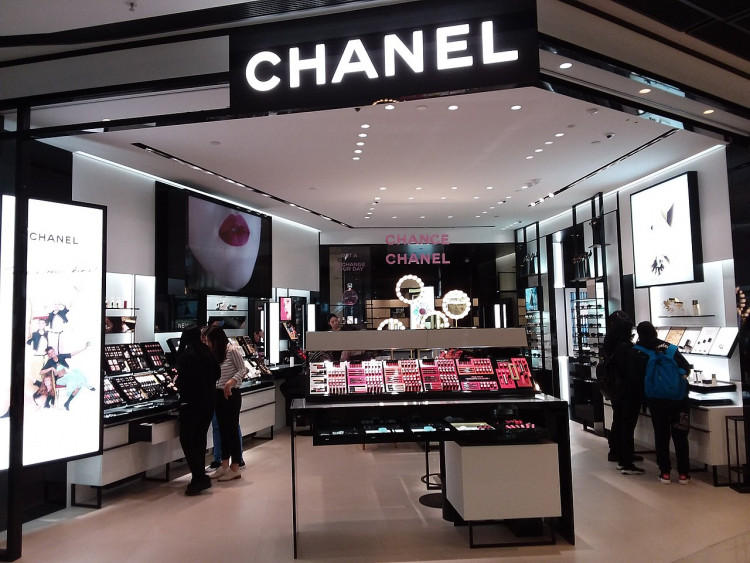Luxury brand prices seem to have no ceiling, with Chanel emerging as one of the most flamboyant in their pricing strategies.
Recently, consumers and overseas personal shoppers took to social media platforms like Weibo and Xiaohongshu to share that Chanel plans to roll out a new round of price adjustments in September. Estimates suggest a potential 23% hike. The focus remains on their classic handbag range, with new prices already revealed by online users.
The Classic Flap handbag is set to increase in price from 74,900 yuan to between 81,900 and 81,500 yuan, rivaling the price tags of Hermès' 25cm Birkin and Kelly bags, which are listed at 83,900 yuan and 90,100 yuan respectively. Bags like the 19 and Le Boy are poised to break the 50,000 yuan mark, while the previously priced 30,000 yuan Coco Handle bag will see an uptick to 47,900 yuan.
Though the industry lacks concrete pricing tiers, entry-level luxury items typically start around 10,000 yuan. A price point of 20,000 yuan previously denoted premium items on platforms like Xiaohongshu. However, many luxury brands now treat these premium items as their new entry-level.
For instance, the Kering Group's luxury brand, Saint Laurent, prices its NIKKI flap bag at a base rate of 21,000 yuan. Bottega Veneta's promoted Kalimero bag, following a change in design leadership, edges close to 50,000 yuan. Second-tier brands follow suit, with leading brands pushing the envelope even further.
Chanel typically adjusts its product prices in March and September, often attributing these changes to rises in raw material and labor costs. Over the past few years, due to pandemic repercussions and inflation, many products have experienced steeper price hikes. To illustrate, the largest Classic Flap bag was priced at 51,200 yuan in 2019, with the 2.55 model also at that rate - a price lower than today's medium-sized offerings.
Despite frequent price hikes, Chanel's financial performance remains unaffected. Instead, it drives growth. According to financial reports, Chanel saw a year-on-year revenue increase of 17% in 2022, totaling $17.2 billion, making it the second-largest luxury brand worldwide after Louis Vuitton. Over the last three years, Chanel has adjusted its prices up to eight times, more often than its competitors.
Following the release of the financial report, Chanel's Chief Financial Officer, Philippe Blondiaux, shared that all product lines recorded double-digit growth. He also indicated that half of the revenue growth was due to price hikes, while the other half was a result of increased overall sales. Such pricing adjustments have become a significant driver for Chanel's sales growth.
Considering Chanel's price adjustments primarily affect handbags, financial reports also highlight a shifting consumer preference away from cosmetics. Chanel's 2020 financial statement indicated that an over-reliance on beauty products was a reason for its sales decline during the pandemic.
While cosmetics and fragrances, with their relatively lower price barriers, have traditionally been "cash cows" for luxury brands, drawing middle-class consumers wanting a taste of luxury, their importance is waning. Brands are now increasingly focusing on higher net-worth individuals.
Recently, Chanel began expanding some of its stores in China. Besides regular retail areas, they've introduced private salons by appointment for high net-worth clients. Blondiaux had previously mentioned in a 2021 financial report that they plan to launch standalone private boutiques in major Asian cities to cater to high-spending clientele.
And it's not just Chanel. Brands like Louis Vuitton and Dior are also introducing similar salon-style stores. These salons target clients with greater net assets who are less affected by economic fluctuations. Their influence in private circles sometimes outweighs brands' public advertising.
As for the price hikes, they act as a filter, determining who makes the cut into these elite circles. Some high net-worth individuals continue to splurge on luxury goods as a testament to their social standing. Rather than emphasizing craftsmanship and value, modern pricing strategies seem to be playing a psychological game. The higher the price, the more it seems to fuel consumers' desires to conquer and flaunt.






